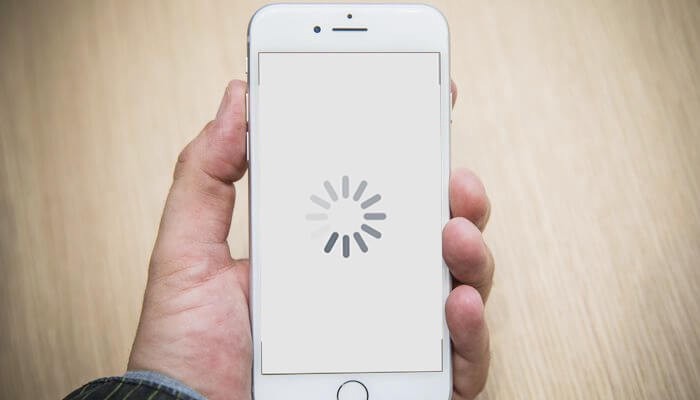

Second, a fundamental part of making your loading faster and better is loading the images the right way. Make sure loading images the right way 🔍 📦 Integrate the minimization task into your build/preprocessing (recommended):
_screenshot_on_a_rooted_Samsung_S10e.jpg)

🛰 Online image minimization/compression: To tackle this task, I can recommend the following sources based on your needs: On the other side, a big full-width image shouldn't be that small to keep a nice resolution on the image. For example, a picture which is only displayed as a little icon (possibly 20px/20px) doesn't need to have a resolution of 2000px/2000px because that would be too big. That said, it's good to know how and where the image should be used, because you should optimize it for the use case. You can accomplish this task with a lot of tools, some of them also guarantee that the overall quality of the image does stay the same. ⏱įirst of all, make sure the images you want to include in your webpage are minimized/compressed.
Very simple android app takes forever to laod how to#
Don't worry, I'll show you how to master big images on your website in a minute. The easy way would be to exclude the high resolution images, but in most cases, we can't reduce the amount of high-res images so we have to deal with them. Because wireless connection is used in such cases, the transfer speed is often slower compared to a wired connection and therefore the content loads slower.įor text, you might not be able to spot a difference because text gets really fast transported over the web and only weights a few KB's, where images, especially those which have a high resolution, often tend to have a really big file (multiple MB's) size which loads slowly. Loading images on the web can be a pain, especially if you are doing a website mainly for mobile devices.


 0 kommentar(er)
0 kommentar(er)
